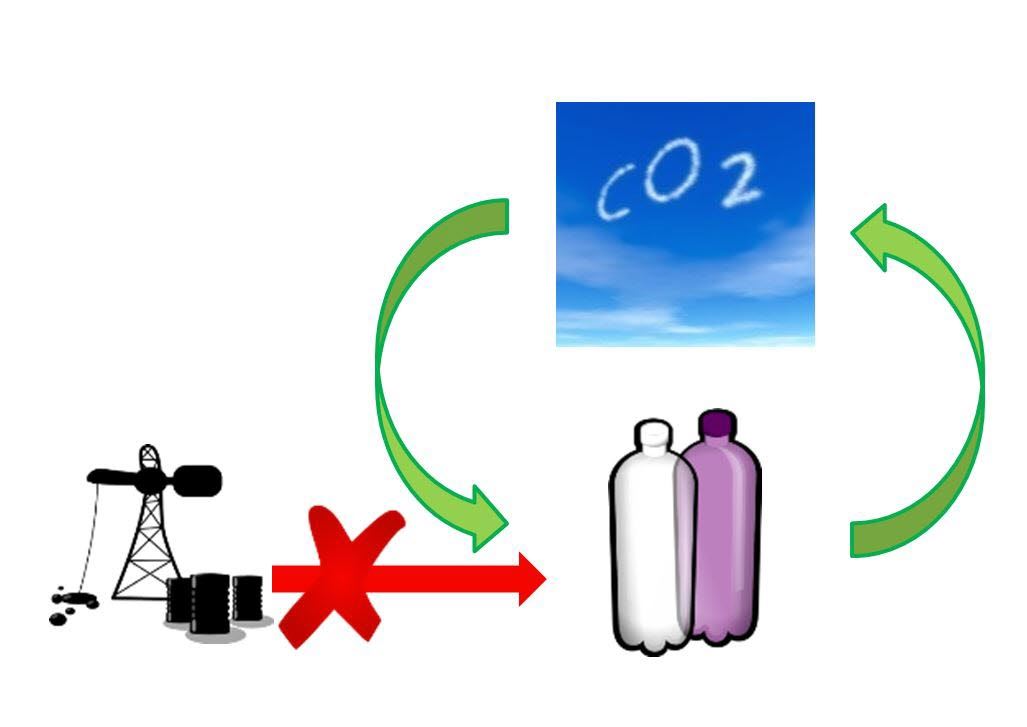Crude oil must go through many process steps before we end up with the final product. Oil is also a limited resource and leads to huge CO2 emissions when burned. The project vision is to use already existing carbon dioxide sources to create something useful. By using CO2 emitted from industrial processes, both the use of crude oil and CO2 emissions could be reduced.
The process for making products from CO2 is similar to the photosynthesis. What photosynthesis and the chemical processes under investigation in FUTUREFEED have in common is that both start with CO2 as a building block for other products. What distinguishes the two is the choice of reactant and energy source. In both cases, it is about using CO2, a reactant and an energy source to create a final product.
In order to realize the project vision, SINTEF will develop a catalyst that converts CO2 to a chemical that can later be used for synthesis of common materials or fuels. To find the most suitable catalyst researchers will utilize high throughput technologies to rapidly screen many types of catalysts and process conditions. By using this technology the scientists will be able to run many more tests than they would by using conventional methods.
- Partners: SINTEF, University of Oslo, University College of
Southeast Norway, Norner Research AS. - Total budget: 35.5 million, of which 30.5 million is from the Research Council of Norway.
- Project Type: National-coordinated research project, NANO2021 program, Research Council of Norway

